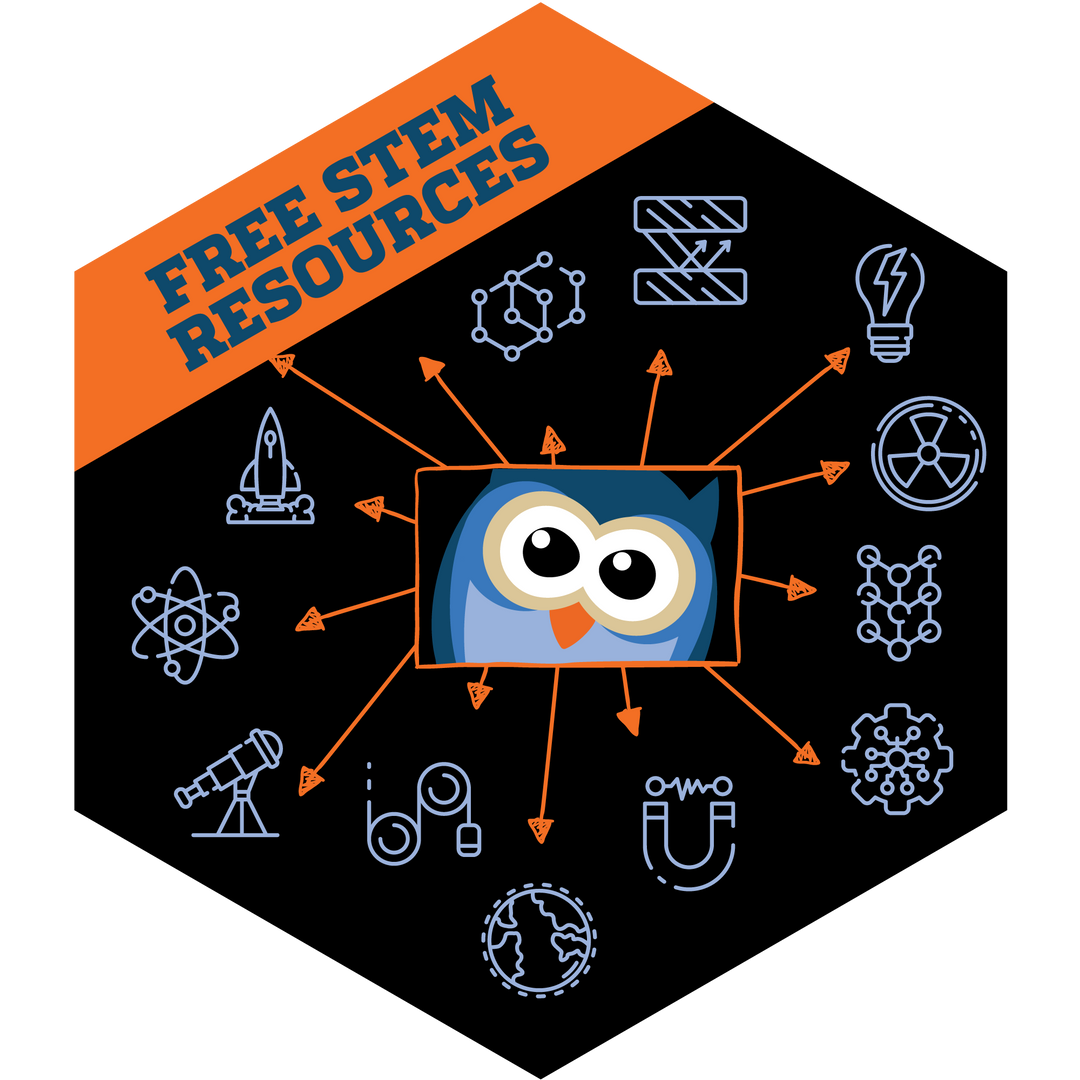Cultivating a Sustainable Future: How STEM Embraces Renewable Energy & Sustainability
In the ever-evolving landscape of science, technology, engineering, and mathematics (STEM), the integration of sustainable and renewable energy technologies has become a cornerstone for addressing pressing global challenges. From mitigating climate change to revolutionizing farming practices, these innovations hold the key to shaping a more sustainable future for generations to come.
Farming Revolutionized
Traditional farming methods often rely heavily on fossil fuels for irrigation, machinery operation, and transportation. However, the adoption of renewable energy technologies is revolutionizing the agricultural sector. Solar panels are increasingly adorning farm rooftops, harnessing the power of the sun to generate electricity for various operations. Similarly, wind turbines dot the landscape, providing clean energy to power agricultural machinery and facilities. These renewable sources not only reduce greenhouse gas emissions but also offer farmers a reliable and cost-effective alternative to conventional energy sources.
Climate Mitigation
The link between agriculture and climate change is undeniable. From deforestation to methane emissions from livestock, farming practices contribute significantly to greenhouse gas emissions. Sustainable farming methods coupled with renewable energy technologies present a promising solution to this dilemma. For instance, precision agriculture utilizes advanced sensors and data analytics to optimize resource use, reducing both environmental impact and input costs. Furthermore, the integration of renewable energy sources minimizes reliance on fossil fuels, thereby mitigating carbon emissions and curbing climate change.
Harnessing Renewable Energy
Renewable energy technologies encompass a diverse array of solutions, each offering unique benefits to the agricultural sector. Biomass energy, derived from organic materials such as crop residues and animal waste, provides a renewable source of heat and electricity for farms. Additionally, hydroelectric power generated from on-farm water sources offers a reliable energy supply while minimizing environmental impact. By harnessing these renewable energy sources, farmers can enhance energy security, reduce operating costs, and contribute to a more sustainable agricultural system.
The Path Forward
As the global population continues to grow, the demand for food, energy, and resources will escalate. To meet these challenges sustainably, the integration of renewable energy technologies into farming practices is paramount. Embracing innovation and collaboration within the STEM community is essential to driving forward this transition. By leveraging the latest advancements in renewable energy, agriculture can evolve into a more efficient, resilient, and environmentally friendly enterprise.
In conclusion, sustainable and renewable energy technologies hold immense potential to transform the agricultural landscape and address pressing global challenges. By harnessing the power of the sun, wind, and other renewable sources, farmers can cultivate a brighter, more sustainable future for generations to come. Through innovation, collaboration, and a steadfast commitment to sustainability, the STEM community is paving the way towards a world where farming and renewable energy go hand in hand, forging a path towards a greener and more prosperous tomorrow.
At STEMfinity, we pride ourselves on offering a diverse range of products centered on sustainability and renewable energy. From solar-powered robotics kits to hydroponic gardening systems, our selection empowers learners to explore eco-friendly solutions through hands-on STEM education. We firmly believe that STEM is pivotal in fostering a more eco-conscious world, and our curated collection reflects our commitment to inspiring the next generation of innovators to create positive environmental change.





